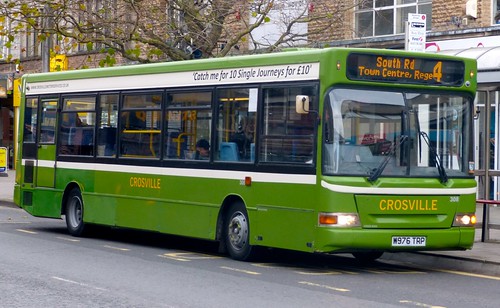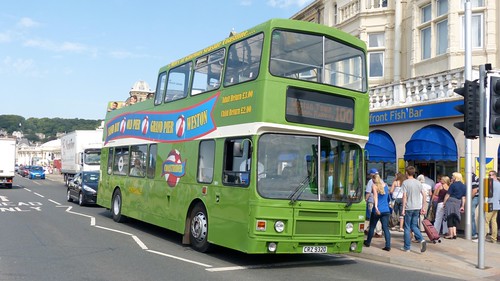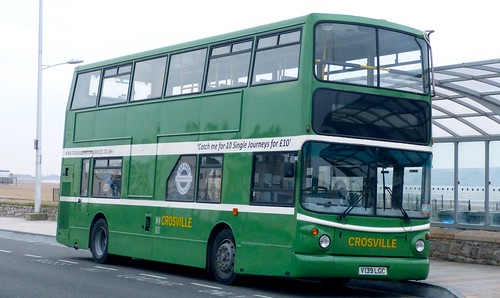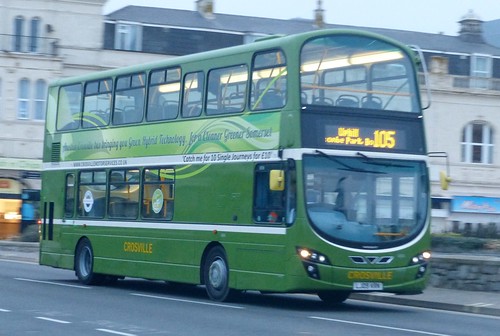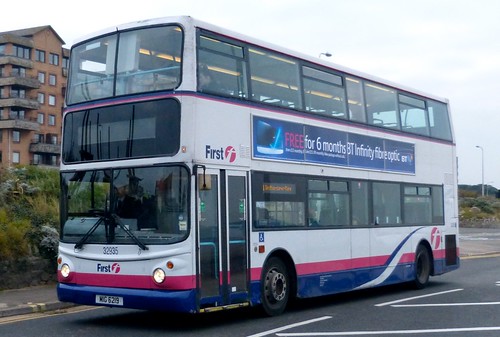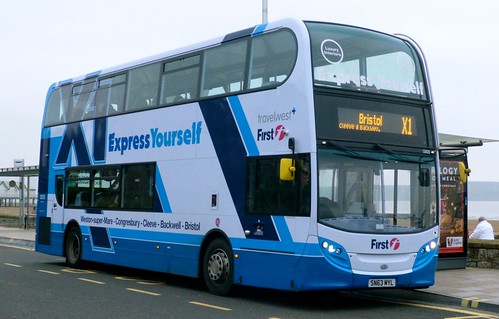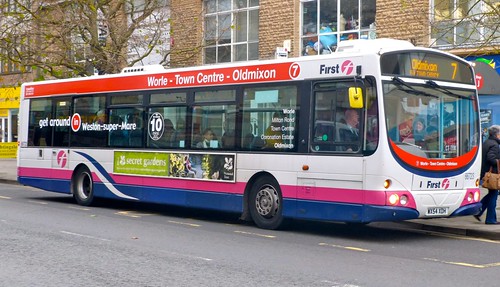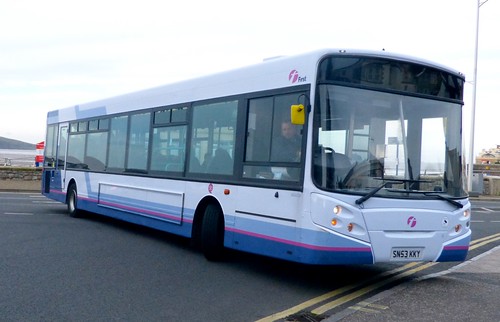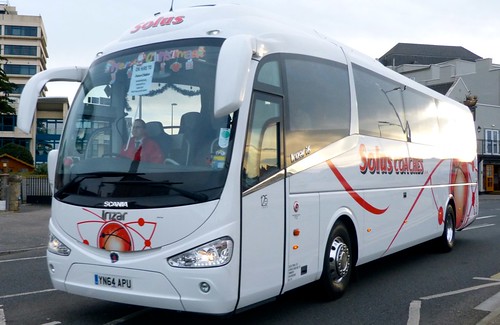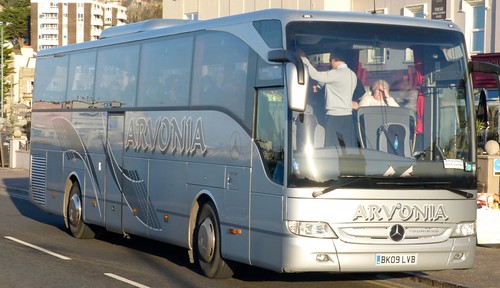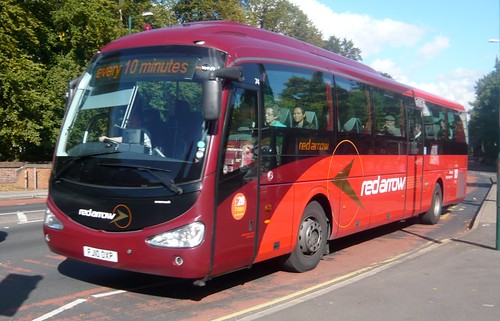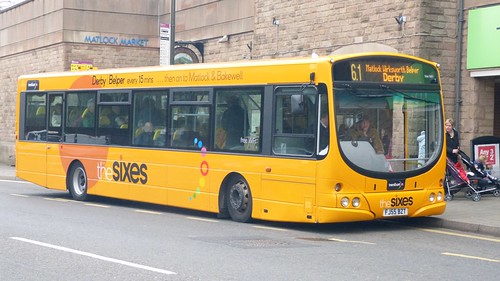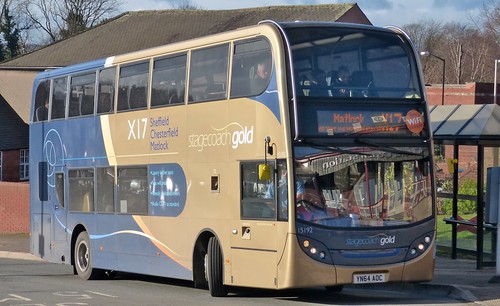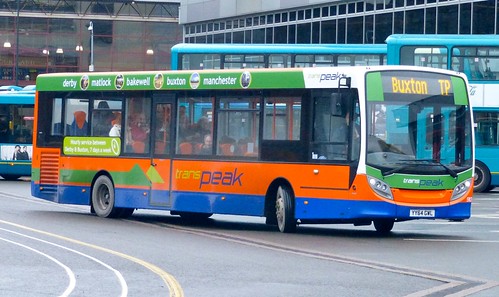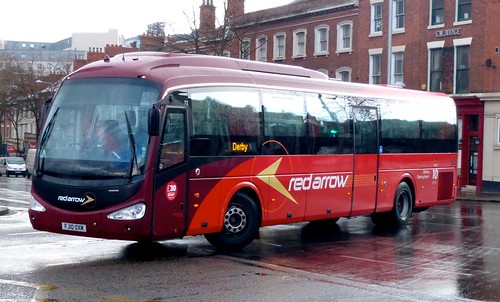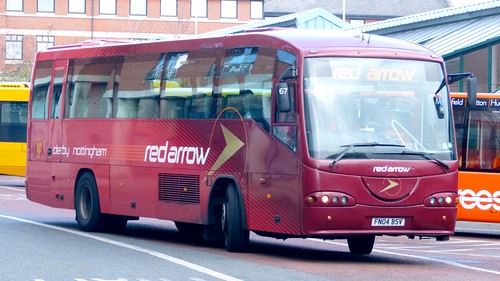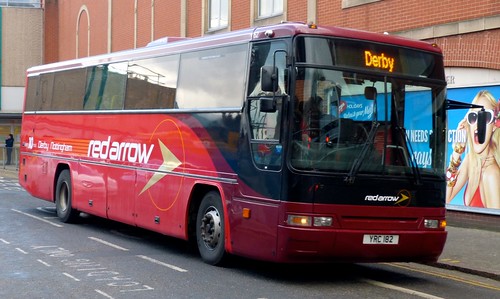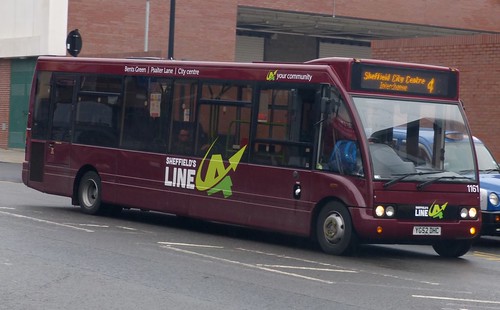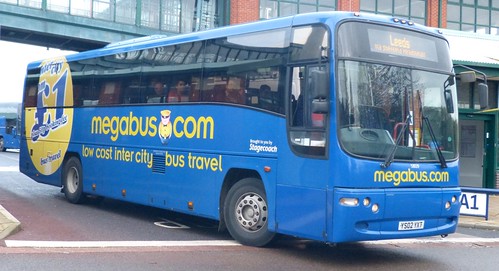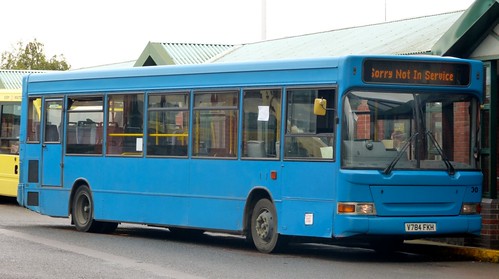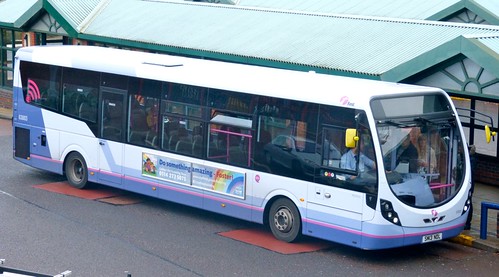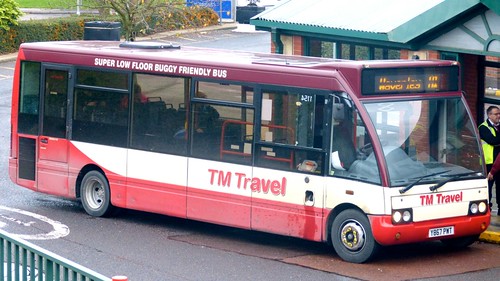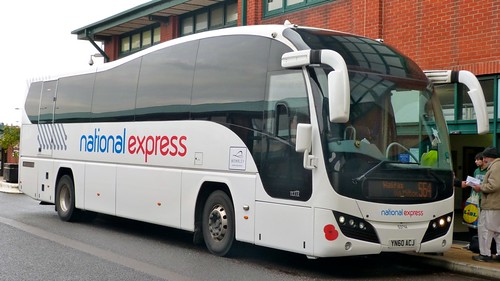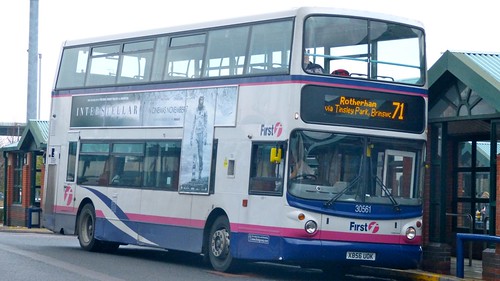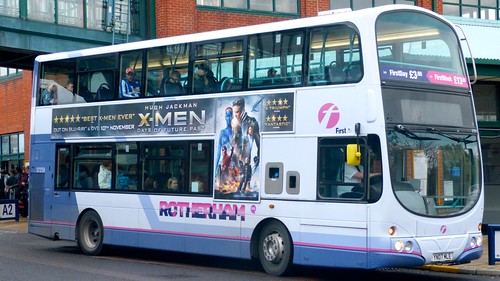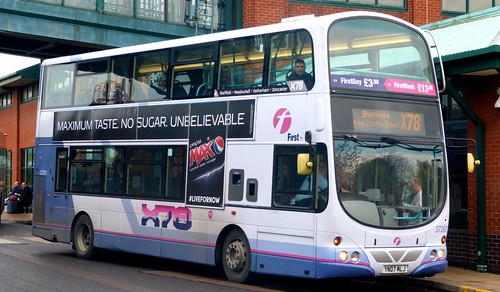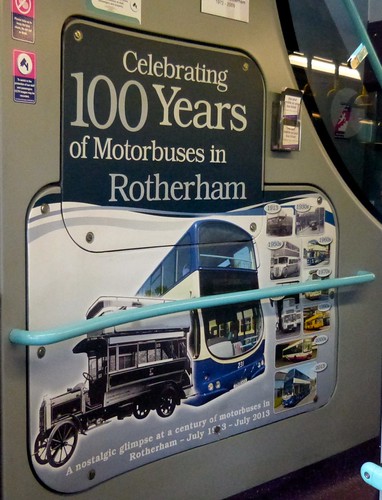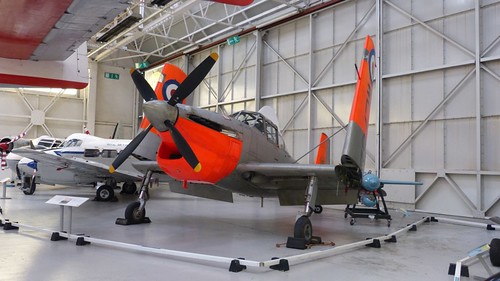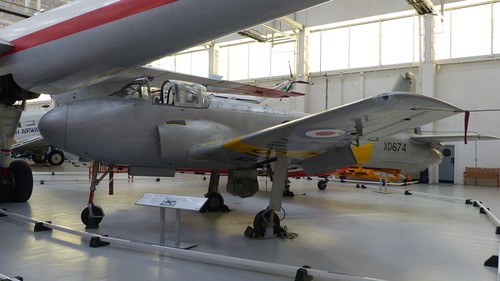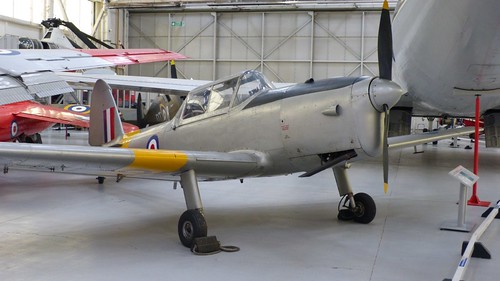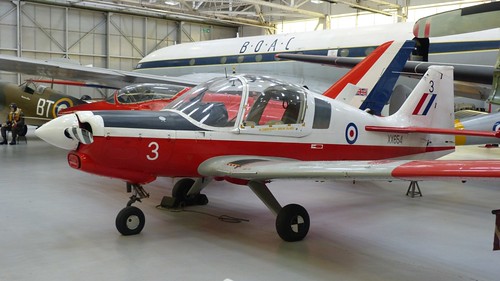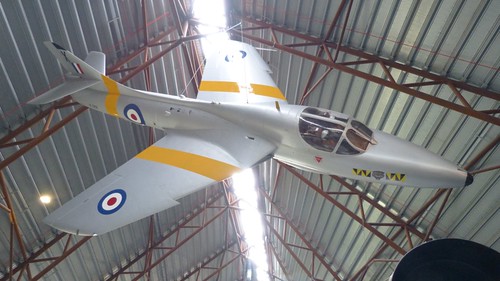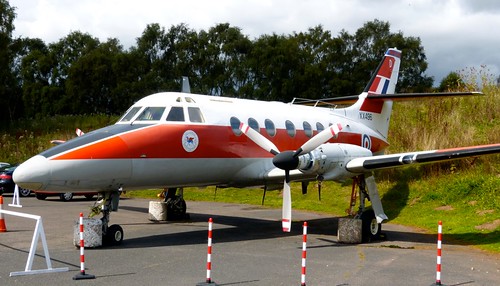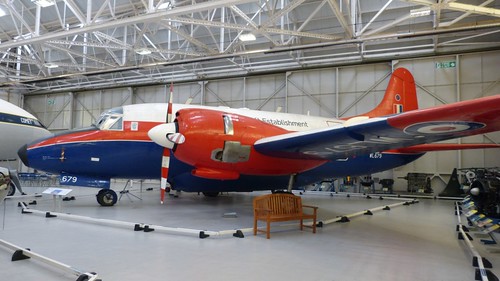A short break in the Southwest recently enabled a number of interesting days out sampling the local transport scene. They included Bath, Cardiff and Bristol but seeing as we were staying in ‘WsM’, I will start there.
The major group operator is ‘First West of England’ but they get some serious competition from a local operator by the name of ‘Crosville’.
Older readers may well remember ‘Crosville’ as a British Transport Commission company who operated in North and Central Wales as well as North West England from a base at ‘Crane Wharf’ in Chester.
The company disappeared after the early 1970’s when it was broken up after the foundation of the National bus Company of which it became a part.
The present company dates from 2005 when Jonathan Jones-Pratt acquired the dormant company name and set up the current operation based in ‘WsM’.
The livery of green and cream closely follows that of the original company and a number of the original ‘Crosville’s buses still operate in the new ‘Crosville’s heritage fleet.
W975 TRP
A Dennis Dart SLF with Plaxton Pointer 2 bodywork. One of 5, the others being W973 TRP, W968 TRP, W976 TRP and W977 TRP.
They were new to F.E. Thorpe for service 70 in the Wembley area of London which explains the dual doored layout. That company was acquired by ‘Metroline’ in 2004 who kept the buses until 2010. They came to ‘Crosville’ in 2013.
W976 TRP
CRZ 9320 (formerly E214 MSG).
A Leyland Olympian with part open top Alexander ‘R’ type bodywork that previously worked in Scotland for ‘Lothian’.
V139 LGC
A Volvo B7TL carrying Alexander ALX 400 bodywork that was new in dual doored form to London United.
LJ109 KRN
First, I must apologize for the slightly blurred registration plate on this bus. It was the only time I saw it, it was late in the day and the light was going and it was moving quickly. It was one of those where you either get what you can or not at all.
An interesting bus in that it is an early Wright Gemini bodied Hybrid propulsion bus that started out in the fleet of ‘Arriva London as its HW5’.
One of 3 that joined the fleet in October 2014.
MIG 6219
A Dennis Trident with Alexander ALX 400 bodywork again that was new to ‘First Capital’ as W935 ULL before moving to ‘First Glasgow’ with the same registration. Now with ‘First Bristol and Avon’ in the old ‘Barbie’ livery.
For some reason, ‘First’s own fleet list shows this bus as being bodied by Plaxton....!
SN63 MYL
An Alexander Dennis Ltd (ADL) E40D with Enviro 400 bodywork wearing branding for
‘First Somerset and Cornwall’s (FSC) X! ‘WsM’ to Bristol express service.
Over the years, I have commented unfavourably about the various liveries worn by ‘First’ group buses. This is the first (no pun intended) that I have actually liked.
WA56 FUB
A Dennis Trident with Alexander Enviro 400 bodywork in a slightly revised livery in that the bus while carrying its X branding has lost the number ‘1’.
Presumably, it has been downgraded to normal bus work without having had to spend a lot of money on re painting it.
It was new to ‘First Devon & Cornwall’ and worked on ‘Park & Ride’ services in Plymouth.
WX54 XDH
A Volvo B7RLE with Wright bodywork. Branded for the local No. 7 service.
SN53 KKY
A Transbus Enviro 300 of ‘FSC’ wearing no identification as to ownership which could be because the bus had only a few days previously been transferred from ‘First Midland Red’.
WX55 TZT
A Volvo B7RLE with Wright bodywork wearing ‘First West of England’ titling.
YN64 APU
A Irizar i6 bodied Scania of ‘Solus Coaches’. A widely known operator based at Tamworth in Staffordshire.
BK09 LBVA
A Mercedes-Benz Tourismo working for ‘Arvonia’ Coaches who are a North Wales based operator.
NXI 814
One of those
“What on Earth is that”.
moments I am afraid. I don’t know what it is or where its from and all the research I have done has taken me nowhere.
If you can fill in any of the unknowns, I would be most grateful.


